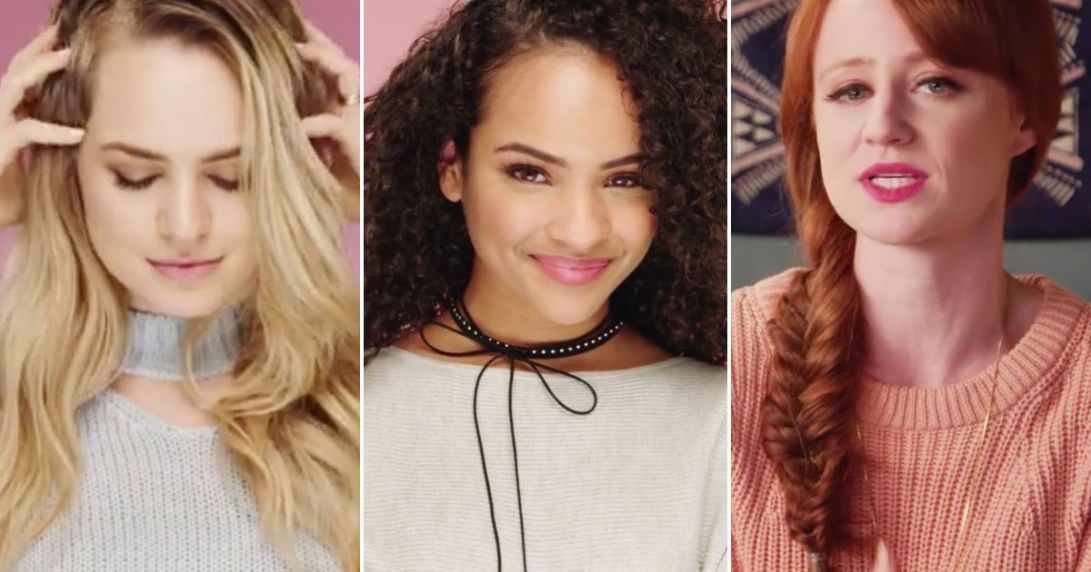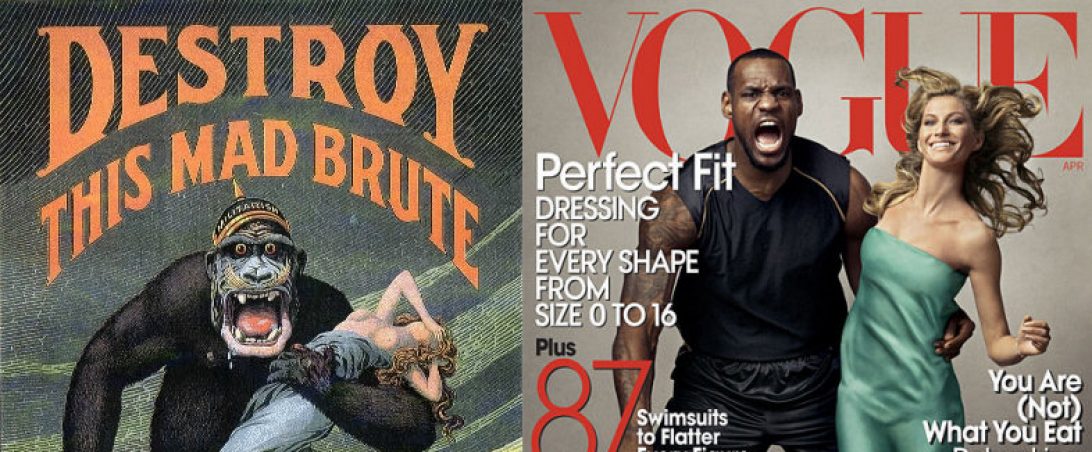In recent years, with the evolution of Twitter, Instagram and Facebook we have seen varieties of marginalized groups and minorities decide to take on the the role of representing their demographics themselves, using their own voices and platforms to portray what they believe are more accurate, less cut and dry, depictions.
Initiatives like #blackgirlsrock, #blackgirlmagic, #carefreeblackgirl and more were created as a result of black women’s dissatisfaction of their characterization in various media forms during what some are referring to as the new “black renaissance”. Now we must ask ourselves, why has it gotten to this point? Why must these black women have to create their own initiatives and carve their own paths in order to be accurately presented in a way they feel is productive?
The reason is even though there has been a revolution in the communication industry with the internet giving access and a voice to those often voiceless, things really haven’t changed too drastically and a majority of power still lies in the same hands of the same few large corporations whose agendas haven’t changed much either (Carah and Louw, 28). These institutions are responsible for relaying negative imagery of black women as it sells better and this is especially present in advertising. Here I’ll be going over some common themes and stereotypes we see in relation to black women and advertising.
The “Mammy” a.k.a. Your kind-hearted, subservient, jolly, black servant
Perhaps one of the oldest depictions of black women in advertising is the “mammy” caricature. Images of darker skinned black women, in their headscarf meant for work and wide smiles were used to allude to the idea that blacks were happy to be slaves and enjoyed catering to the whims of their white owners. Even going as far to brand them as loving “aunts” instead of property to their white “families”.
We saw this initially with Aunt Sally in 1875 used to market baking powder and then again with Aunt Dinah’s molasses.
The most popular image of the sort was Aunt Jemima, who’s face although has gone over a bit of a makeover over recent times to look less “mammy-ish” is still around today and is the most successful of the bunch as a staple pancake mix and syrup. In the companies start, a real life “Aunt Jemima” was depicted by an actual former slave at the 1893 World’s Exposition in Chicago, where she dressed up for the part, sang songs, baked pancakes, and recalled stories of her “happy” life in the South working for whites (The Mammy Caricature, 2000).
Diluting Blackness: The Phenomenon of Whitewashing
“Okay, okay, we’ll post your black women in our ads if you insist. But only if we can strip their blackness away as much as possible…”
Most often seen in beauty campaigns and brand deals, whitewashing involves the use of editing software or tools to make a darker skinned persons skin lighter. It usually doesn’t stop there though, there is often manipulation of the nose and lips to appear thinner and closer to that of the mainstream European beauty standard (Ziege, 2016).
But whitewashing can also come in other forms; by infiltrating black spaces, brands and experiences and making them about white people. A great example of this was seen in Spring of 2017, where Shea Moisture, a very popular hair/skin care company most regarded for its natural hair care products aimed at black women, released a commercial where a blonde woman, two red-haired white women with straight hair and a mixed, lighter skinned black woman with loose curls complained about their struggles of managing their hair and dealing with “hair hate”. Many consumers complained that their struggles were nowhere near that of those of black women with kinkier hair and that with so many few successful black brands in the market, they were going to be abandoned for the larger white audience again.

Excotsicism/Dehumanization – Comparing Black Women to Animals
From the days of slavery and Jim Crow, black people have been compared to animals and closely associated with the dark depths of “jungles”, as if they were not dehumanized enough by being treated as property, they were also seen so beneath whites- they were compared to the likes of uncivilized apes and monkeys most often. This allowed for more degrees of separation between the races, blacks were the “other”, almost an entire species of their own. The prevalence of this can still be seen in recent times (Ziege, 2016).
You might ask yourself, “why is all this still happening?”, I know I am. The answer truly lies in the lack of black voices in these conference rooms and board meetings. Had there been a black woman in the room to say “hey… this is offensive to me and could be to others” then maybe so many of these mistakes could be avoided and there would be no need for apology campaigns in the first place. For this reason, if we ever want to dismantle the oppressive nature of our media today, we must take a stand and advocate for the inclusivity of black and other minorities in these spaces.
Works Cited:
Pilgrim, David. “The Mammy Caricature.” The Mammy Caricature , Jim Crow Museum of Racist Caricature, Oct. 2000, ferris.edu/jimcrow/mammies/.
Woodard, Jennifer Bailey, and Teresa Mastin. “Black Womanhood: Essence and Its Treatment of Stereotypical Images of Black Women.” Journal of Black Studies, vol. 36, no. 2, 2005, pp. 264–281., doi:10.1177/0021934704273152.
Ziege, Nicole. “Why Representation of Black Women In Advertising Needs To Change.”The Odyssey Online, 5 Nov. 2017, http://www.theodysseyonline.com/african-american-women-in-advertising.









